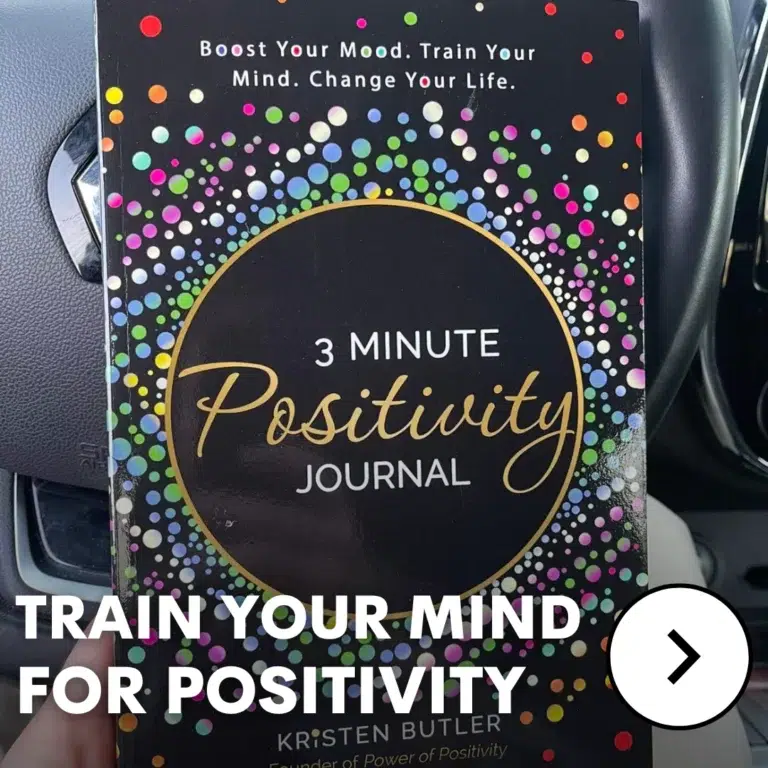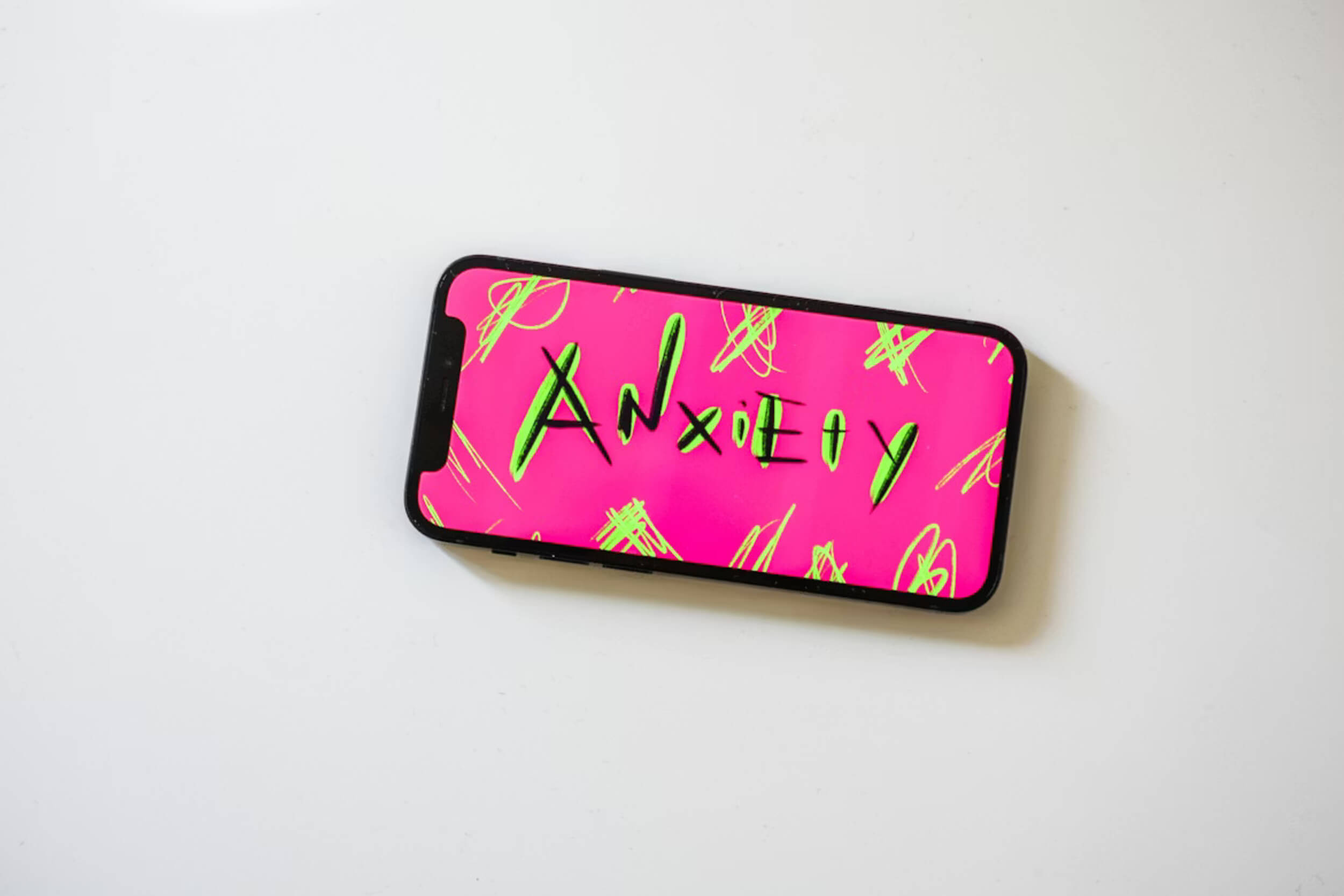What’s the one thing you’ve always dreamed of achieving, but it feels just out of reach? Have you ever wondered if there’s a way to bring that vision closer to reality? That’s where visualization techniques come in.
Visualization isn’t just daydreaming—it’s a proven method used by top athletes, successful entrepreneurs, and leaders to stay focused, motivated, and on track. By mentally picturing yourself achieving your goals, you’re training your mind to make it happen.
The best part? Anyone can use visualization techniques. Whether you’re aiming for personal, professional, or even fitness goals, it’s all about building a clear, mental picture of success.
Let’s break it down step by step, looking at what visualization is, why it works, and seven powerful ways you can start applying it today. Ready to transform your goals into reality? Keep reading!
What is Visualization?
Visualization is the practice of creating a mental image of the goals you want to achieve. It’s not about random daydreaming—it’s a focused way to picture yourself reaching specific outcomes. By mentally rehearsing success, you’re essentially giving your brain a map to follow.
Athletes use visualization techniques to imagine themselves performing at their peak during a competition. Entrepreneurs often visualize delivering a successful pitch to secure deals or funding. These mental exercises help them prepare, stay confident, and take the right steps toward their goals.
When you use visualization techniques, you’re training your mind to see the possibilities clearly. It helps you focus on what matters and prepares you to handle challenges along the way. By turning your attention to the life you want, you’re building a stronger connection between where you are now and where you want to be.
Benefits of Visualization
Using visualization techniques has some amazing benefits that can help you stay on track with your goals. When you visualize success, your brain releases dopamine, the feel-good chemical that makes you want to keep going. This natural boost in motivation pushes you to work harder and stick with your plans.
It also helps you focus by giving you a clear picture of the steps you need to take. When your goals feel more real in your mind, you start believing in yourself more, building confidence along the way.
Mental rehearsals through visualization make challenges feel less overwhelming because you’ve already “experienced” them in your mind. This makes it easier to take action and move forward.
Another great benefit is creativity. By imagining different scenarios, you can come up with new ideas and strategies to overcome obstacles. Visualization techniques truly make your goals feel achievable.
7 Visualization Techniques
These simple and practical methods can help you create a clear path toward achieving your goals.
1. The Mental Movie Technique
Picture your success as if you were watching a short film. This method involves creating a detailed mental image of your accomplishments, focusing on the actions, emotions, and outcomes tied to your goals.
For example, if you’re training for a marathon, think about crossing the finish line, hearing the crowd cheer, and feeling the joy of achieving something you’ve worked hard for. Don’t stop at just the visuals—engage all your senses. What does the finish line smell like? How does the medal feel in your hands?
Revisit this mental movie daily, especially when you feel stuck or unmotivated. Each replay strengthens your belief in your ability to succeed, helping you stay focused and energized.
2. Vision Board Creation
A vision board is a collection of images, quotes, and goals that reflect the life you’re working toward. Whether digital or physical, it’s a constant reminder of what you’re aiming for.
Start by gathering pictures that represent your dreams—your ideal job, a fit and healthy body, or even places you’d like to travel. Organize these visuals into categories like career, health, or relationships to make them more structured and meaningful.
Keep your board somewhere you’ll see it daily, like your desk or phone screen. This constant visual cue keeps your goals fresh in your mind, inspiring you to take steps toward them every day.
3. The Success Scenario Exercise
This technique is like walking through your future in your mind. Focus on one specific goal and imagine every detail of achieving it.
For example, think about presenting your ideas in a big meeting and watching everyone nod in agreement. Feel the pride and confidence that comes with knowing you’ve nailed it. Include the challenges you’ve overcome to get there, as these moments highlight your growth and determination.
Writing down these scenarios adds another layer of clarity. By putting your vision into words, you can revisit it whenever you need a boost of motivation or direction.
4. Letter from Your Future Self
Writing a letter from your future self is a powerful way to connect with the person you want to become. In this exercise, you imagine yourself years from now and write to your present self about your journey.
Include achievements, advice, and encouragement. For example, your future self might write: “You stayed consistent, and now you’re living the life you always dreamed of. Keep going—it’s worth it.”
This letter builds a stronger emotional connection to your goals and reminds you why you’re putting in the effort today. It’s not just about where you want to be; it’s about appreciating the steps you’re taking right now.
5. The Mirror Method
Stand in front of a mirror and see yourself as the person you want to become. This exercise isn’t just about looking at your reflection—it’s about visualizing the confidence, strength, and determination of your future self.
Focus on your posture, expressions, and tone of voice. Speak affirmations like “I am capable and confident” aloud. This not only boosts your self-esteem but also aligns your actions with the person you aspire to be.
Doing this regularly can help you internalize the image of your best self, making it easier to carry that energy into your daily life.
6. Guided Visualization Meditations
Guided meditations can help you deeply immerse yourself in your goals. Apps like Insight Timer or Calm, or even free videos on YouTube, offer audio guides that lead you through visualization exercises.
Find a quiet spot, close your eyes, and let the guide paint a picture of your success. For example, they might help you visualize a calm, productive day at work or the moment you achieve a major milestone.
This technique is especially effective for reducing stress while reinforcing a positive mindset. It helps you mentally rehearse success, making it feel familiar and achievable.
7. The Journaling Time Machine
This exercise combines journaling and visualization to give you a clear sense of direction. Imagine stepping into the future and returning with wisdom to share.
Write about your daily routine, the obstacles you’ve overcome, and the goals you’ve achieved. For example, describe how your future self starts the day, the habits you’ve built, and the confidence you now carry.
This process not only helps you clarify your goals but also solidifies your vision. Pairing journaling with other visualization techniques makes the experience even more impactful, helping you stay focused and motivated.
Common Challenges and How to Overcome Them
Even though visualization techniques are simple, a few common challenges can make it harder to stay consistent. These obstacles are normal, and with small adjustments, you can overcome them easily.
One common issue is wandering thoughts. It’s easy for your mind to drift when you’re trying to focus on a mental image. To fix this, start with short visualization sessions—just a few minutes—and slowly increase the time. The more you practice, the easier it will be to stay focused.
Skepticism can also hold you back. If you’re unsure whether visualization works, start with a small, short-term goal. For example, picture yourself confidently completing a task this week. When you see real results, you’ll feel more motivated to try visualization for bigger goals.
Inconsistency is another challenge. It’s hard to build momentum if you don’t practice regularly. The best way to stay consistent is to make visualization part of your daily routine. Pair it with something you already do, like your morning coffee or winding down before bed.
With a few tweaks, these challenges become opportunities to build a stronger, more focused visualization practice. Every small step brings you closer to your goals.
Final Thoughts on Visualization Techniques
Visualization techniques have the power to turn your dreams into reality. By creating clear mental images of your goals, you’re not just thinking about success—you’re actively preparing your mind to make it happen. These techniques aren’t complicated, and they don’t require hours of your time. Just a few minutes a day can lead to meaningful changes in how you approach your goals.
Whether you create a vision board, write a letter from your future self, or practice the mental movie technique, each method brings something unique to the table. You don’t have to try them all at once—start with one that feels right for you and build from there.
As you incorporate these techniques into your routine, you’ll likely notice a shift in your confidence, focus, and creativity. Visualization helps you see your goals more clearly and makes taking action feel natural.
The journey to achieving your dreams truly begins with the images you create in your mind. So, what will you visualize today? Take that first step, and watch how far it can take you. Your future self will thank you.















